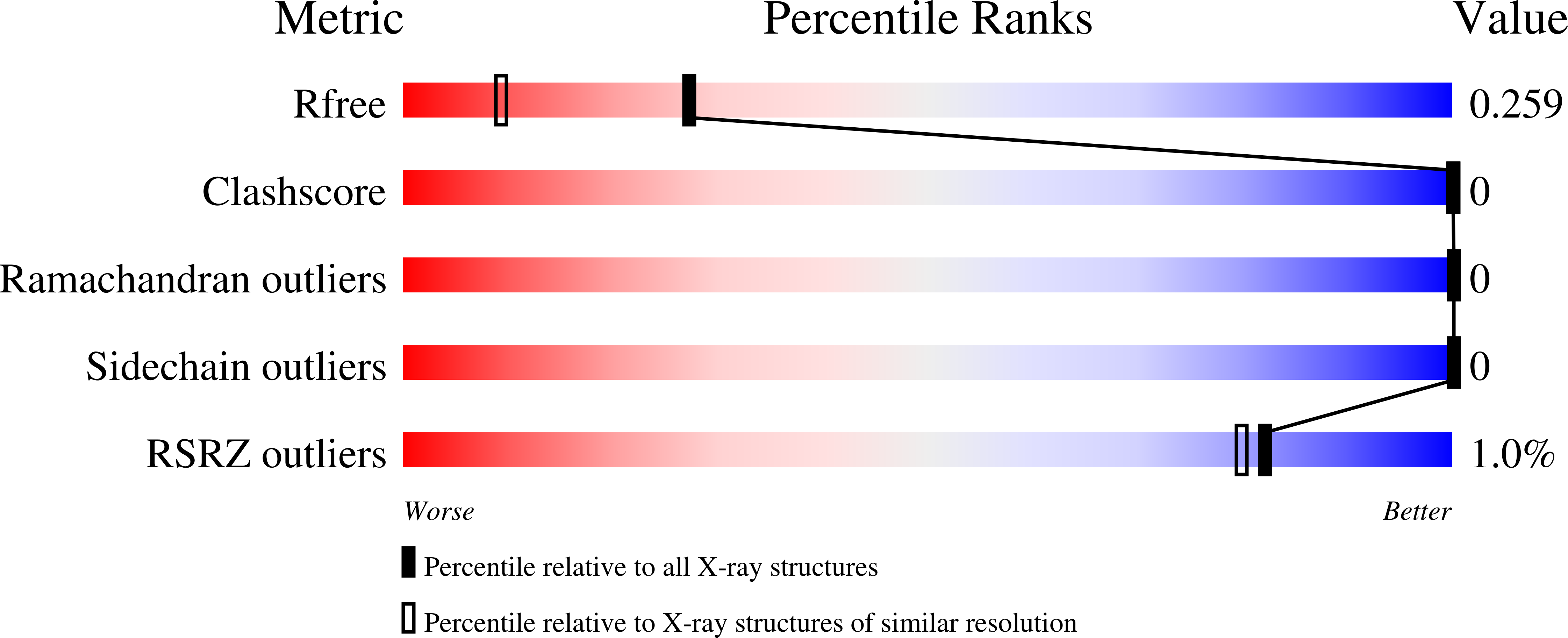
Deposition Date
2018-11-09
Release Date
2020-02-26
Last Version Date
2024-01-24
Entry Detail
PDB ID:
6I45
Keywords:
Title:
Crystal structure of I13V/I62V/V77I South African HIV-1 subtype C protease containing a D25A mutation
Biological Source:
Source Organism:
Human immunodeficiency virus 1 (Taxon ID: 11676)
Host Organism:
Method Details:
Experimental Method:
Resolution:
1.80 Å
R-Value Free:
0.25
R-Value Work:
0.20
R-Value Observed:
0.20
Space Group:
P 41 21 2


